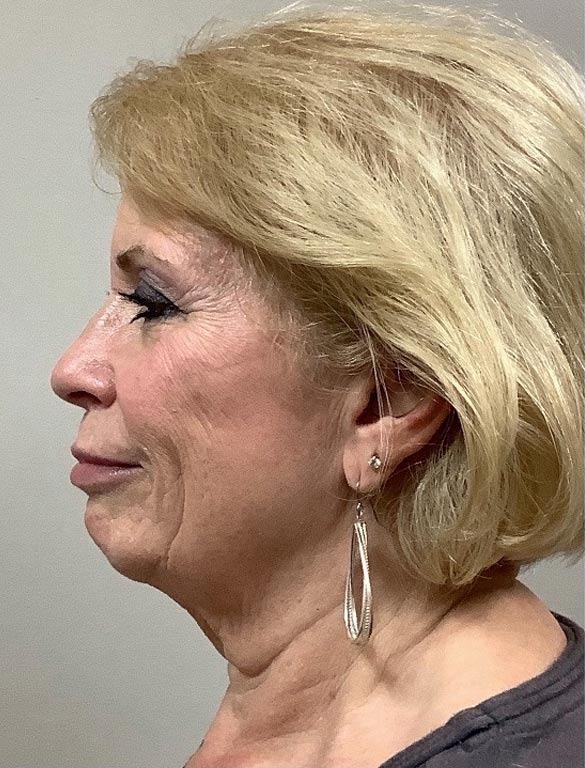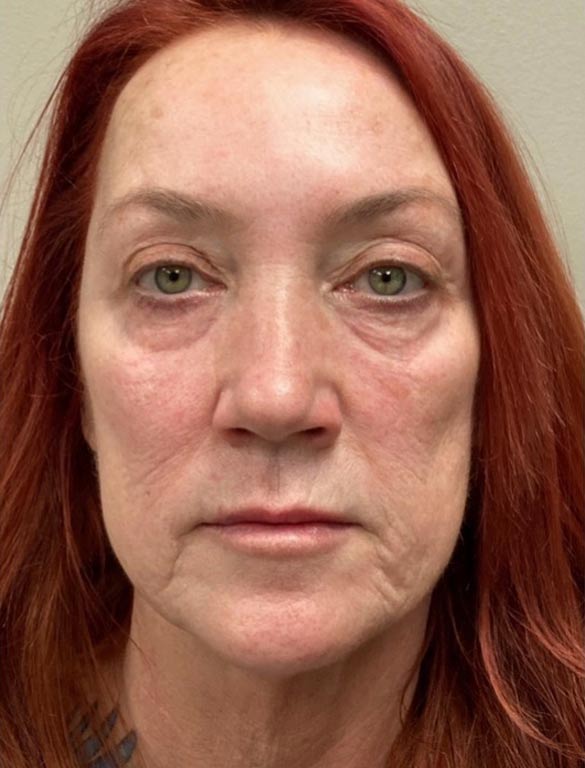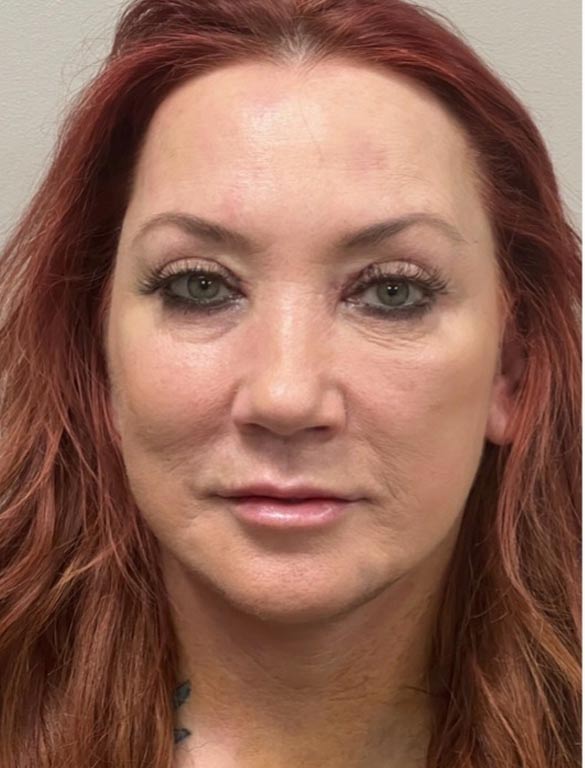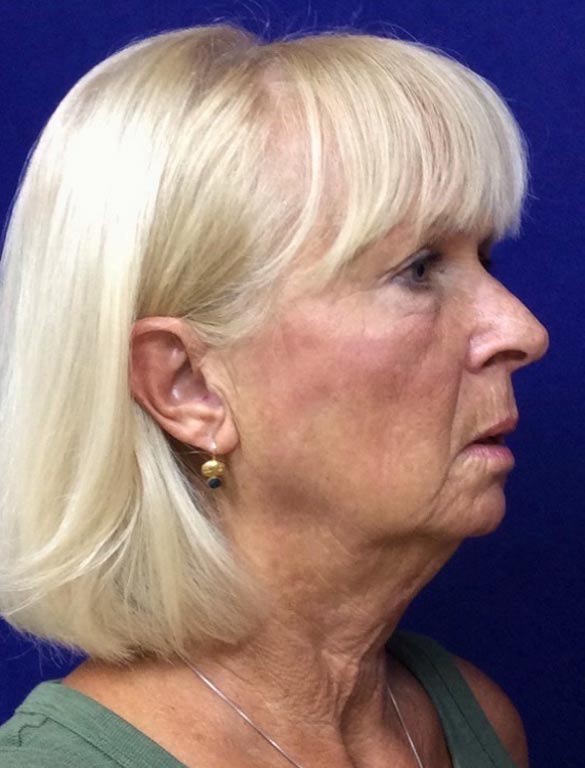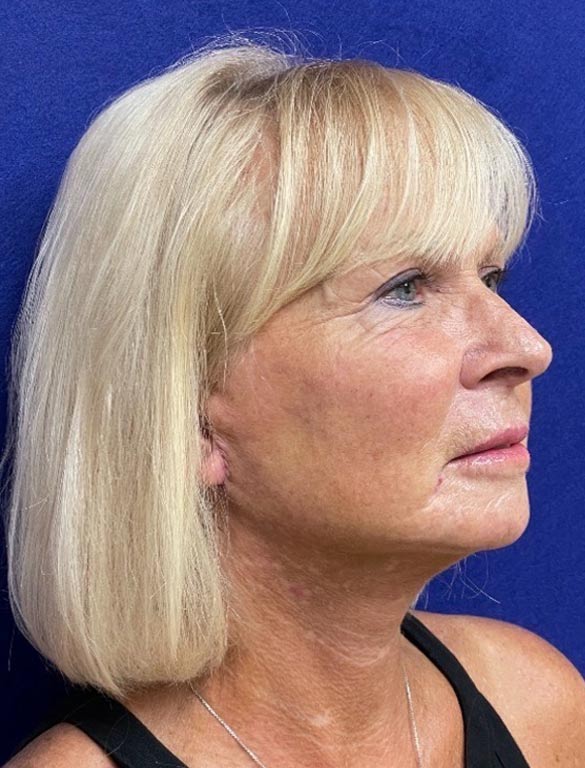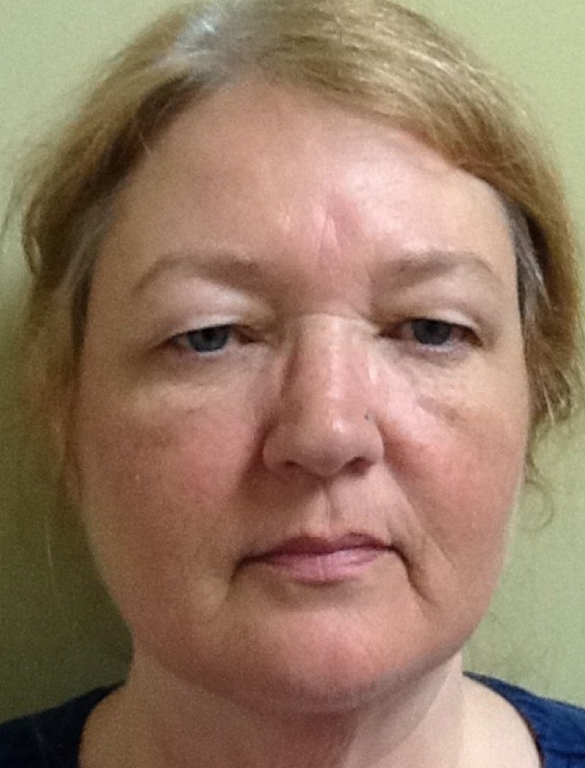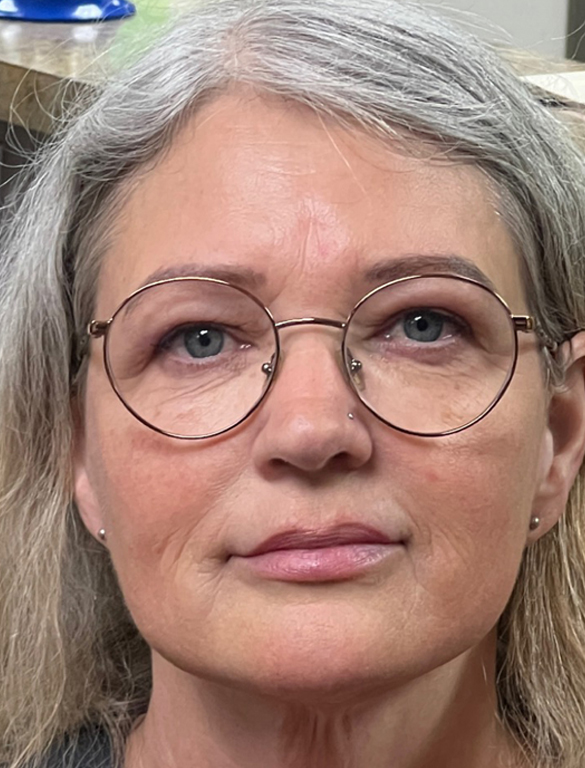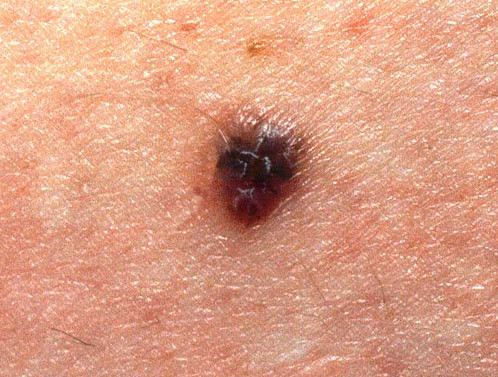Recent studies have shown an increased risk in developing melanoma and other skin cancers among those who have an abundance of moles, particularly when those moles appear on their arms.
The study, which was published in the British Journal of Dermatology, was conducted using data from 3,000 twins in the UK. Researchers from King’s College in London took this large group of twins and studied them for a period of 8 years in total while collecting information on their skin type, the moles on their bodies and their freckles. After years of studying the women, several things were determined: Those with more than seven moles on their right arm were nine times more likely to have more than 50 moles on their entire body. Those who had more than 11 moles on their arm were likely to have more than 100 moles on their body putting them at a much higher risk for developing melanoma.
With melanoma being the most aggressive form of skin cancer and affecting thousands and thousands of people each year, studies and research that point to increased risk factors and offer suggestions for prevention are of particular importance. By counting the moles found on one’s right arm, patients with more than 100 moles are found to be five times more likely to develop melanoma than those with few moles present.
Melanoma develops from abnormal moles so it shouldn’t be surprising that people with lots of moles which could potential grow abnormally when exposed are at a greater risk for cancer, particularly melanoma.
To protect your skin from melanoma, it’s important to know and understand your risks and to take proper precautions in shielding your skin. Wearing sunscreen regularly is a key factor in protecting skin from developing cancer. Sunscreen should have an SPF of at least 15 and should be a broad-spectrum sunscreen which will protect the skin against both harmful UVA and UVB rays.
Those who have lots of moles should take extra care when choosing activities in the sun. Wearing appropriate clothing that keeps the body covered, wearing hats, and avoiding noonday and midafternoon hours outside is advised.
People with an abundance of moles should make an extra effort to see a dermatologist on a regular basis to have their skin and moles checked for potential developments and problems or to have suspicious moles removed before any possible melanoma developments can spread.

